At our school, we teach traditional martial arts as well as Sanda. Our core styles include Baji Quan, Xingyi Quan, Baguazhang, Taijiquan, and Sanda. For more detailed information about each style, please click through to the individual martial arts templates.
- de
- en
Baji Quan
八极拳
Baji Quan (Eight Extremes Fist) is a traditional Chinese martial art renowned for its explosive power, close-range combat techniques, and the principle of channeling full-body force into each strike, known as 'fajin.' Originating in the Hebei province during the Ming Dynasty, Baji Quan's development is often attributed to Wu Zhong, though its exact origins remain shrouded in some historical mystery. The art's emphasis on direct, powerful strikes and its focus on defeating opponents quickly made it popular among military personnel and bodyguards.
Sanda
散打
Sanda, also known as Sanshou, is a Chinese martial art that focuses on both armed and unarmed combat. It is a comprehensive system that incorporates striking, kicking, wrestling, and throwing techniques. Sanda is distinct for its emphasis on practical, real-world applications, making it an effective style for self-defense, military, and law enforcement. Unlike traditional forms of Kung Fu, which often prioritize fluid movements and forms, Sanda places a heavy emphasis on speed, power, and agility, integrating techniques from various martial arts, including wrestling and kickboxing. The style has gained significant recognition in modern combat sports and is often seen in mixed martial arts (MMA) due to its emphasis on versatility in both stand-up and ground combat.
Xing Yi Quan
形意拳
Xing Yi Quan, the first internal martial art incorporated into the An family’s Wushu, is renowned for its direct, powerful movements and its emphasis on harmonizing mind and body. The An family learned the Shen Xian style of Xing Yi Quan from Master Liu Yun Ji, a disciple of Li Cun Yi, who was a student of Liu Qi Lan—himself a direct successor of the style’s founder, Li Ruo Neng. Initially known as "Xin Yi Quan" ("Heart-Mind Fist"), this art focuses on developing unity of intention (Yi) and energy (Qi) through foundational practices.
Bagua Zhang
八卦掌
Bagua Zhang, known for its signature circle-walking and intricate palm techniques, was introduced to the An family by Master Gao Yi Sheng. Gao’s lineage traces back to Cheng Ting Hua, a close disciple of Bagua Zhang’s creator, Dong Hai Chuan. Inspired by Taoist principles, Dong Hai Chuan designed Bagua Zhang to integrate eight fundamental elements into martial practice. Its flowing, circular movements mimic the Taoist ritual of circling a fire, symbolizing balance and transformation.
Taiji Quan
太极拳
Taiji Quan, famed for its graceful, meditative movements and focus on internal energy, was introduced to the An family by Qu Ke Zhang, a close friend of An Ji Hai and a Taoist monk from the Jing Yi An Temple in Tian Jin. Qu studied an ancient style of Taiji, passed down by Taoists from the Wudang Mountains, and excelled in Taiji sword forms. His education was enriched by interactions with numerous martial arts masters, including Cheng You Long, the son of Bagua Zhang master Cheng Ting Hua.


